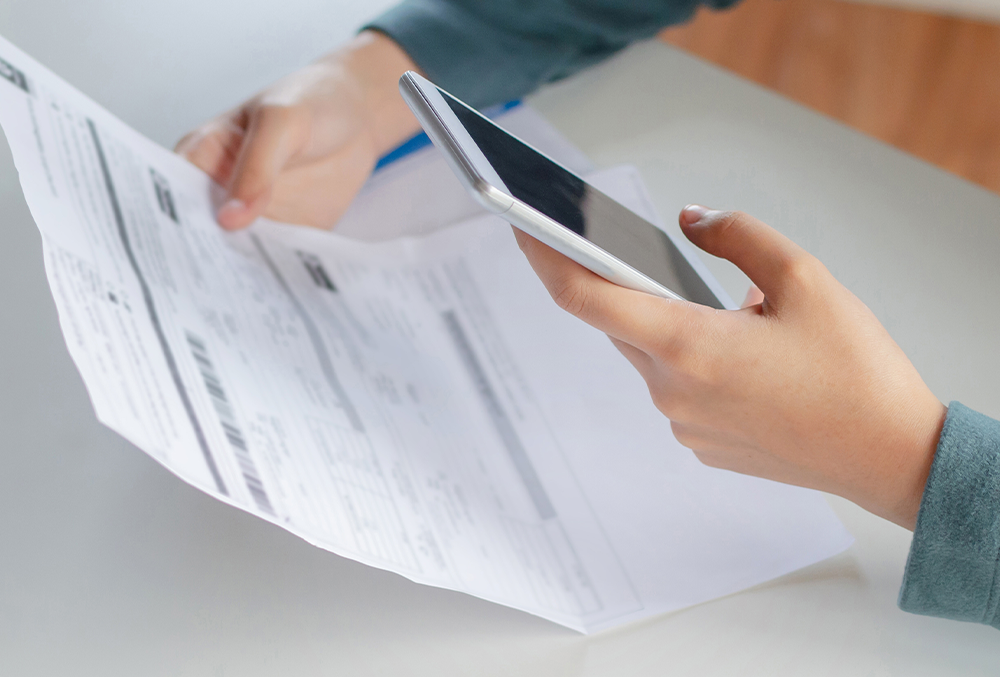As the cost of energy continues to rise, homeowners are always looking for ways to keep homes comfortable without drastically increasing their heating and cooling bills. There are many tips out there that claim to help you increase comfort with little added cost, but it’s hard to figure out which suggestions are good advice and which ones aren’t worth your time. One suggestion is to increase or decrease the home’s temperature 1 degree at a time, which will improve comfort without generating significant cost. Novak Heating and Cooling in Cedar Rapids, IA discusses the cost of raising the thermostat 1 degree and more tips to save energy.
How Much Does It Cost To Raise Your Thermostat Setting by One Degree?
Did you know that the average bill a U.S. household spends more than $2,000 each year on energy costs? In fact, heating and cooling systems account for about 55 percent of total energy consumption in the home. That’s a lot of money, so it’s important to take measures to conserve energy and keep those costs down.
One way to do that is to gradually lower the thermostat temperature in the winter and raise it over the summer. You might not think that adjusting the thermostat one degree in temperature is a significant change, but the associated costs can add up over time. These gradual increases ease your household into indoor climate changes so it’s easier to acclimate to new temperature settings – if you make large temperature jumps, the temperature difference is more noticeable, and the heating bill increase is larger. Moving the thermostat settings 1 degree at a time may show you that your home is at a comfortable temperature you didn’t expect.
The cost of a thermostat adjustment of one degree is about three percent of your total energy bill. This means that for every degree you raise the thermostat, you can expect to see corresponding savings on your energy bill of about 3 percent. For example, a winter energy bill that is typically $75 per month would be lowered to $72.75 due to the cost of raising the heater one degree warmer. In the summer, setting your thermostat to a lower temperature is akin to “raising” it. This makes your air conditioner use more energy as this increases the temperature difference between the temperature inside and the temperature outside.
Raising the thermostat 1 degree isn’t always exactly 3 percent. The actual price you’ll pay for the extra heating and cooling can be impacted by many variables, including your HVAC system’s energy efficiency and outdoor temperature extremes.
Ways to Stay Comfortable and Save Money
Programmable thermostats help homeowners save on annual heating and cooling costs by programming automatic temperature adjustments during times when you’re not home or when you’re sleeping. You do have to take advantage of the thermostat’s setting capabilities to reap the benefits. The bottom line: using a programmable thermostat can result in energy savings that will be reflected on your energy bills, but only if you use it correctly.
One easy way to save on your energy bill using a programmable thermostat is to set your temperature back 7 to 10 degrees for periods of 8 hours or more. Overnight is a good time to do so because the temperature difference won’t be as noticeable while everyone sleeps. You can program similar setbacks to cover the school or workday during non occupied hours to generate additional savings.
Save Money with Novak Heating and Cooling
The cost of raising the thermostat 1 degree at a time is minuscule, and making such small, incremental adjustments will help you realize that you can find a good temperature for your home without making large temperature jumps and setbacks. For more ways to save money on heating and cooling costs or to have a programmable thermostat installed in your home in Cedar Rapids, Robins, Marion, North Liberty, or Hiawatha, Iowa, call Novak Heating and Cooling today!

